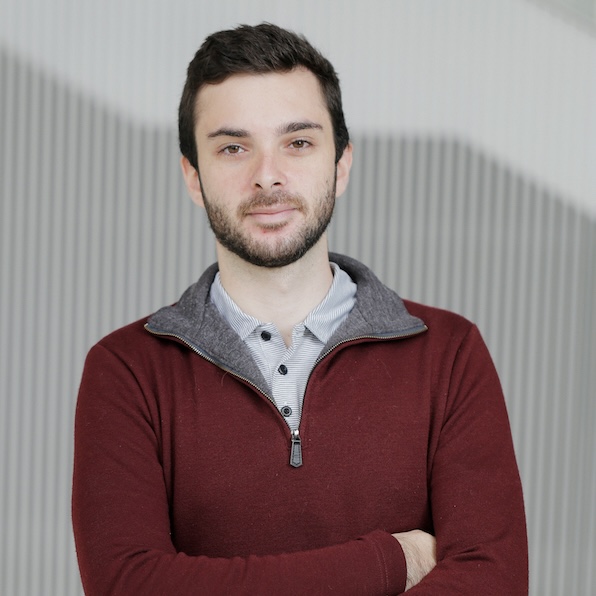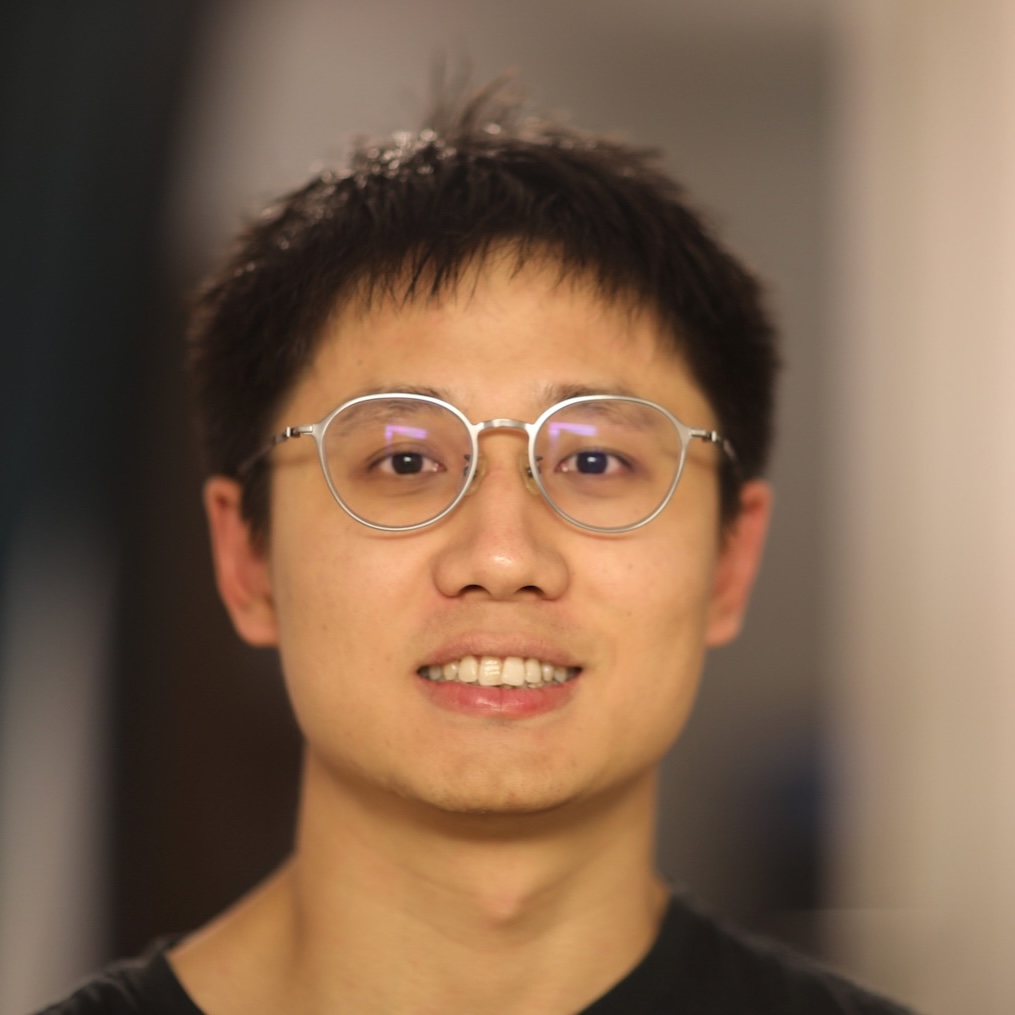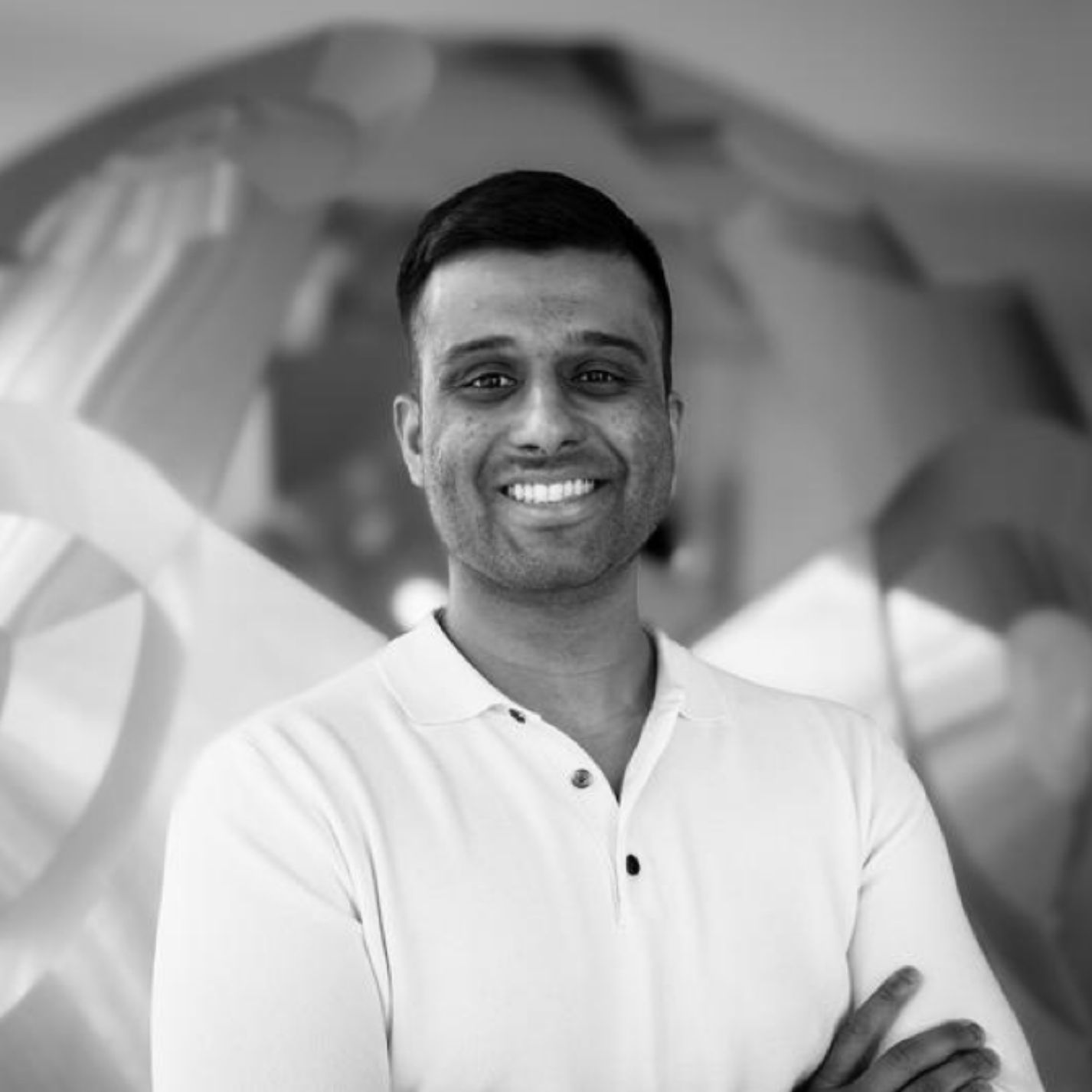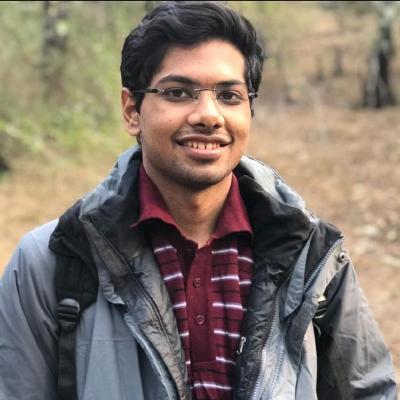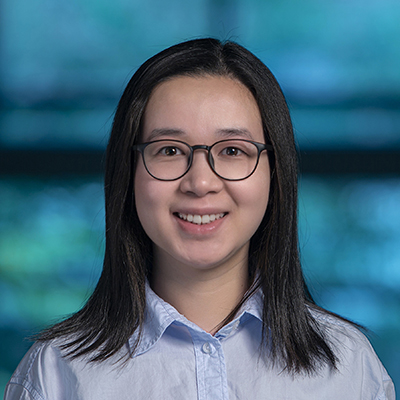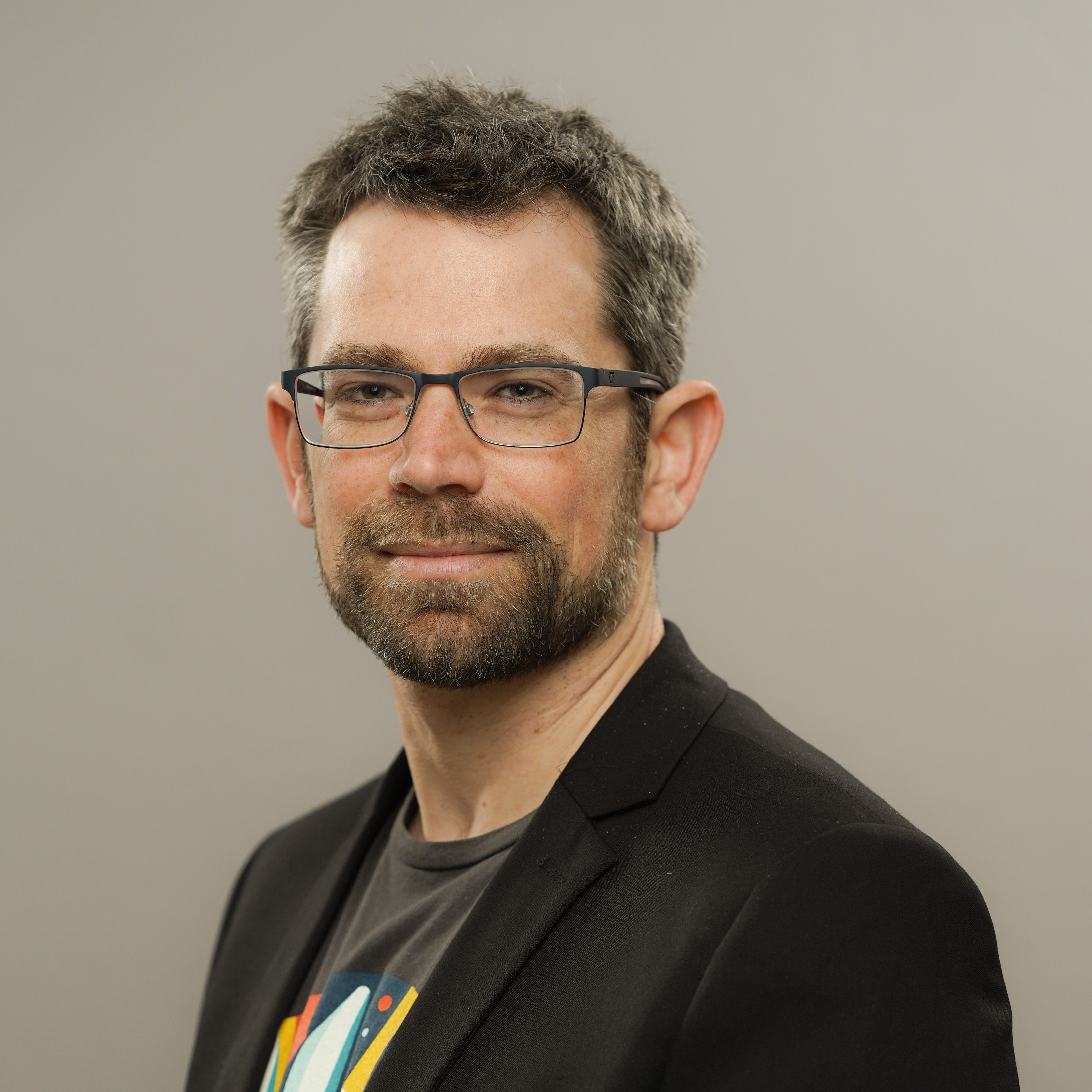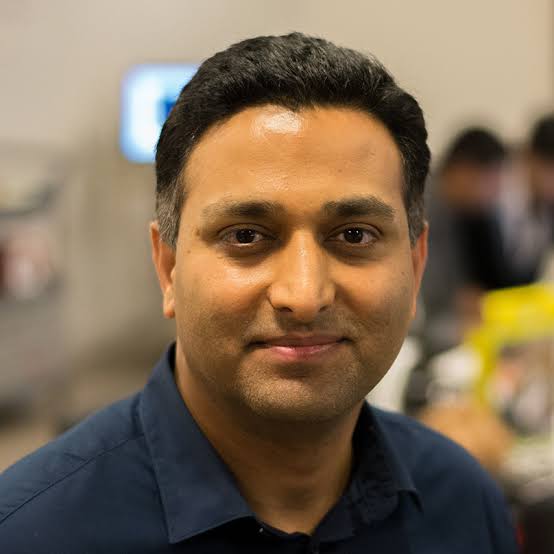Motivation 💡
Neural fields have been widely adopted for learning novel view synthesis and 3D reconstruction from RGB images by modelling transport of light in the visible spectrum. This workshop focuses on neural fields beyond conventional cameras, including (1) learning neural fields from data from different sensors across the electromagnetic spectrum and beyond, such as lidar, cryo-electron microscopy (cryoEM), thermal, event cameras, acoustic, and more, and (2) modelling associated physics-based differentiable forward models and/or the physics of more complex light transport (reflections, shadows, polarization, diffraction limits, optics, scattering in fog or water, etc.). Our goal is to bring together a diverse group of researchers using neural fields across sensor domains to foster learning and discussion in this growing area.
Schedule ⏰ (Tentative)
| 9:00 - 9:05 | Welcome & Introduction | |
| 9:05 - 9:30 | Keynote: Jingyi Yu | |
| 9:30 - 9:55 | Keynote: Sara Fridovich-Keil | |
| 9:55 - 10:05 | Paper Spotlight: TBD | |
| 10:05 - 10:15 | Paper Spotlight: TBD | |
| 10:15 - 10:25 | Paper Spotlight: TBD | |
| 10:25 - 11:10 | Poster Session & Coffee Break | |
| 11:10 - 11:35 | Keynote: Felix Heide | |
| 11:35 - 12:00 | Keynote: Christian Richardt | |
| 12:00 - 12:25 | Keynote: Katherine Skinner | |
| 12:25 - 1:00 | Panel Discussion Moderator: TBD Panelists: TBD |
Keynote Speakers 🧑🏫
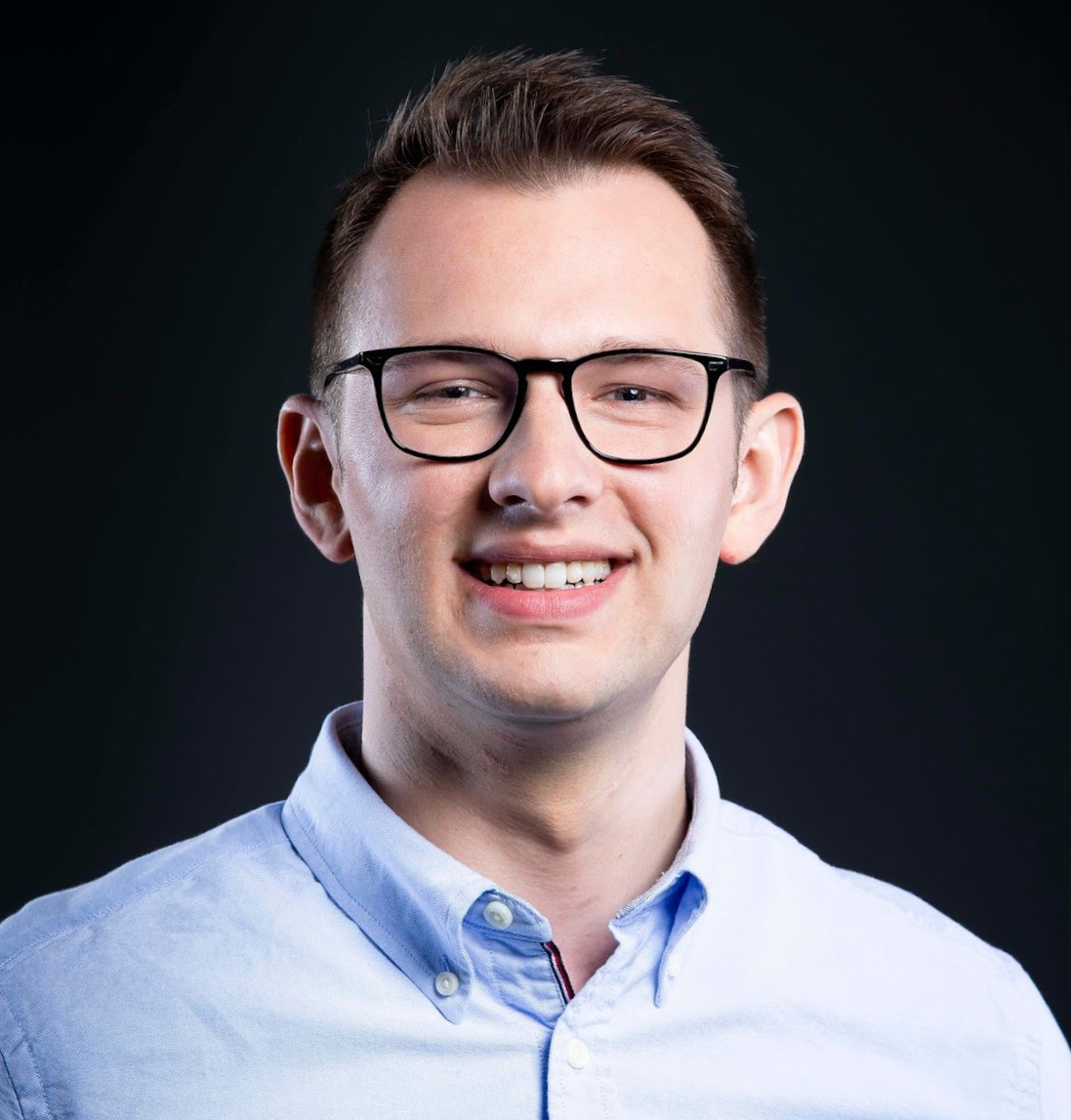
David Lindell
University of Toronto
David Lindell is an Assistant Professor in the Department of Computer Science at the University of Toronto and founding member of the Toronto Computational Imaging Group. His work is at the intersection of machine learning, computational imaging, and computer vision. Along these lines he has worked on next-generation computational imaging systems for imaging around corners and through scattering media, and new machine learning algorithms for representing and processing signals. His work is relevant to a broad range of applications in computer graphics, vision, and remote sensing.

Daniel Cremers
TU Munich
Daniel Cremers is a Professor at Technical University of Munich where he holds the Chair of Computer Vision and Artificial Intelligence. His publications received several awards, including the 'Best Paper of the Year 2003' (Int. Pattern Recognition Society), the 'Olympus Award 2004' (now called 'German Pattern Recognition Award') and the '2005 UCLA Chancellor's Award for Postdoctoral Research'. For pioneering research he received a Starting Grant (2009), two Proof of Concept Grants (2014 \& 2018), a Consolidator Grant (2015) and an Advanced Grant (2020) by the European Research Council. In December 2010 he was listed among "Germany's top 40 researchers below 40" (Capital). On March 1st 2016, Prof. Cremers received the Gottfried Wilhelm Leibniz Award, the biggest award in German academia. In 2022 and 2023, he was listed among the top 10 most influential scholars in robotics of the last decade. He serves as co-founder, advisor and business angel to several startups.
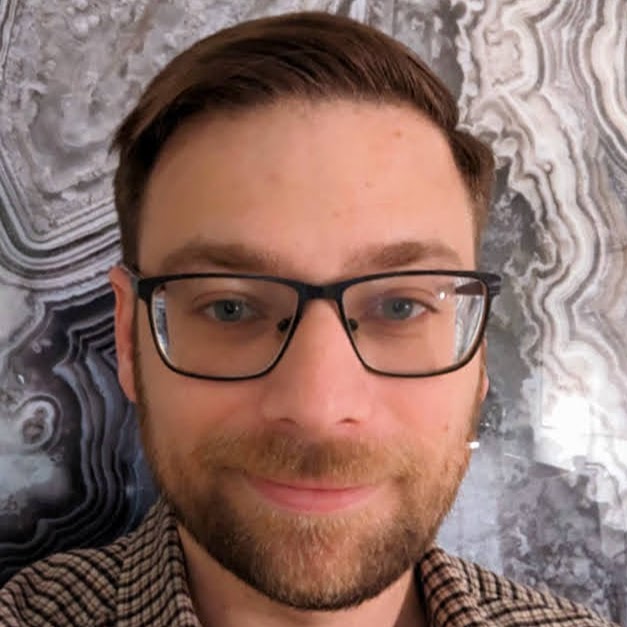
Jon Barron
Jon Barron is a senior staff research scientist at Google Research, where he works on computer vision and machine learning. He received a PhD in Computer Science from the University of California, Berkeley in 2013, where he was advised by Jitendra Malik, and he received a Honours BSc in Computer Science from the University of Toronto in 2007. He received a National Science Foundation Graduate Research Fellowship in 2009, the C.V. Ramamoorthy Distinguished Research Award in 2013, and the PAMI Young Researcher Award in 2020. His works have received awards at ECCV 2016, TPAMI 2016, ECCV 2020, ICCV 2021, CVPR 2022, the 2022 Communications of the ACM, and ICLR 2023.
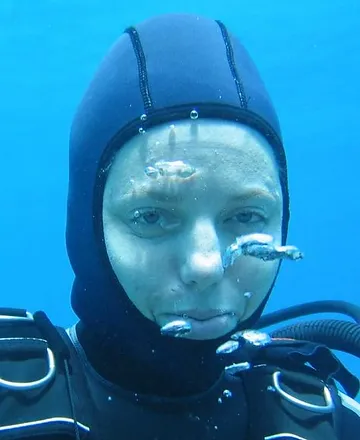
Tali Treibitz
University of Haifa
Tali Treibitz is heading the Viseaon marine imaging lab in the School of Marine Sciences in the University of Haifa since 2014. She received her PhD degree in electrical engineering from the Technion-Israel Institute of Technology in 2010. Between 2010-2013 she was a post-doctoral researcher in the department of computer science and engineering, in the University of California, San Diego and in the Marine Physical Lab in Scripps Institution of Oceanography. Her lab focuses on cutting edge research in underwater computer vision, scene, color and 3D reconstruction, automatic analysis of scenes, and autonomous decision making based on visual input.

Carl Vondrick
Columbia University
Carl Vondrick is an Associate professor of computer science at Columbia University. His research focuses on computer vision and machine learning. By training machines to observe and interact with their surroundings, his group aims to create robust and versatile models for perception. They often develop visual models that capitalize on large amounts of unlabeled data and transfer across tasks and modalities. Other interests include sound and language, interpretable models and high-level reasoning. Recent work includes 3D reconstruction from shadows and thermal reflections.
Call for Papers 📢📢
This workshop aims to bring together a diverse group of researchers using neural fields and gaussian splatting (GS) across sensor domains to foster learning and discussion in this growing area. We welcome paper submissions on all topics related to neural fields beyond conventional cameras. Papers on gaussian splatting are welcomed within this. Accepted papers will be posted on the workshop website, but will not be part of the ECCV proceedings. Relevant topics for this workshop include but are not limited to:- Neural field/GS-based reconstruction and view synthesis using non-RGB sensor measurements (LiDAR, Thermal, Event, CT, MRI, Ultrasound, Cryo-EM, Sonar, etc)
- Neural fields/GS for computational imaging
- Neural fields/GS for sensor modelling and calibration
- Neural fields/GS for modelling visual cues (shadows, reflections, polarization, etc)
- Applications of the above to autonomous vehicles, AR/VR/XR, robotics, medicine, scientific dis- covery, and beyond
Style and Author Instructions
- Paper Length: For new work (not previously accepted or published in a peer-reviewed venue), please use the official templates provided by CVPR 2025 (8 pages max). If your paper has already been accepted or published in a peer-reviewed venue, you may submit it in its original format and please specify in the submission where it was previously accepted.
- Dual Submissions: The workshop is non-archival. We encourage papers accepted to CVPR 2025 to present at our workshop.
- Presentation Forms: All accepted papers will get poster presentations during the workshop; selected papers will get oral presentations.
All submissions should be anonymized. If you plan to submit the work for publication in the future, we strongly recommend submitting a four page version to this workshop. Supplementary material is optional with supported formats: pdf, mp4 and zip.
All submissions should adhere to the CVPR 2025 submission guidelines, wherever applicable.
Submission Portal: TBD
Paper Review Timeline:
| Paper Submission and supplemental material deadline | TBD (AoE time) |
|---|---|
| Notification to authors | TBD (AoE time) |
| Camera ready deadline | TBD (AoE time) |
Related Works 🧑🤝
Below is a collection of related works in the field of neural fields beyond conventional cameras. Please feel free to get in touch to add other works as well.- PlatoNeRF: 3D Reconstruction in Plato's Cave via Single-View Two-Bounce Lidar CVPR 2024
- Dynamic LiDAR Re-simulation using Compositional Neural Fields CVPR 2024
- Eclipse: Disambiguating Illumination and Materials using Unintended Shadows CVPR 2024
- E-NeRF: Neural Radiance Fields from a Moving Event Camera RA-L 2023
- Ultra-NeRF: Neural Radiance Fields for Ultrasound Imaging MIDL 2023
- Transient Neural Radiance Fields for Lidar View Synthesis and 3D Reconstruction NeurIPS 2023
- Neural LiDAR Fields for Novel View Synthesis ICCV 2023
- Neural Fields for Structured Lighting ICCV 2023
- E2NeRF: Event Enhanced Neural Radiance Fields from Blurry Images ICCV 2023
- ORCa: Glossy Objects as Radiance Field Cameras CVPR 2023
- Humans as Light Bulbs: 3D Human Reconstruction from Thermal Reflection CVPR 2023
- SeaThru-NeRF: Neural Radiance Fields in Scattering Media CVPR 2023
- EventNeRF: Neural Radiance Fields from a Single Colour Event Camera CVPR 2023
- Neural Interferometry: Image Reconstruction from Astronomical Interferometers Using Transformer-Conditioned Neural Fields AAAI 2022
- Learning Neural Acoustic Fields NeurIPS 2022
- PANDORA: Polarization-Aided Neural Decomposition Of Radiance ECCV 2022
- Medical Neural Radiance Fields for Reconstructing 3D-aware CT-Projections from a Single X-ray EMBC 2022
- TöRF: Time-of-Flight Radiance Fields for Dynamic Scene View Synthesis NeurIPS 2021
- CryoDRGN2: Ab initio neural reconstruction of 3D protein structures from real cryo-EM images ICCV 2021
